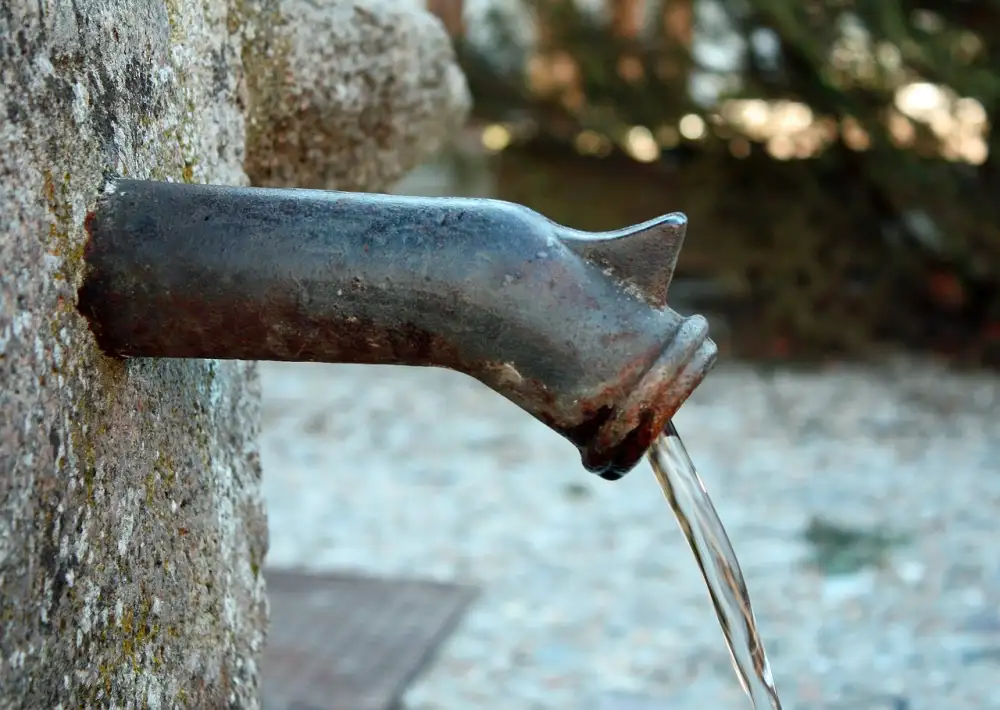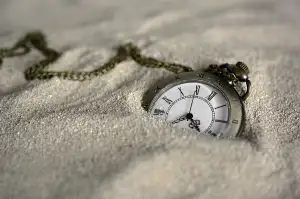Revive Your Rusty Cast Iron: A Step-by-Step Guide to Cleaning and Restoring

Cast iron cookware has been a staple in kitchens for centuries, known for its durability and ability to retain heat. However, over time, cast iron can develop rust, making it less effective and potentially harmful if consumed. But fear not! With the right techniques and supplies, you can easily restore your rusty cast iron to its former glory. In this step-by-step guide, we will walk you through the process of cleaning and restoring your cast iron, so you can enjoy cooking with it for years to come. Let's get started!
Gather necessary supplies for cleaning
To effectively clean your rusty cast iron, you will need a few essential supplies. Firstly, gather a stiff brush or scrubber to remove the rust. You can also use steel wool or sandpaper for tougher rust spots. Next, grab some dish soap or a mild detergent to help break down grease and grime. Additionally, have white vinegar on hand as it is an excellent natural rust remover. Lastly, make sure to have some paper towels or clean cloths for drying the cast iron after cleaning. With these supplies ready, you're all set to restore your cast iron to its former glory!
Preparing the cast iron for cleaning
Before you can begin the process of cleaning your rusty cast iron, it is important to properly prepare it. Start by removing any loose rust or debris from the surface using a stiff brush or steel wool. Be sure to scrub in circular motions to effectively loosen the rust. Next, rinse the cast iron under warm water to remove any remaining loose particles. Finally, dry the cast iron thoroughly using a clean towel or paper towels. It is crucial to ensure that the cast iron is completely dry before moving on to the next step of removing rust.
Removing rust from the cast iron
To remove rust from your cast iron, you will need to use a gentle yet effective method. Start by creating a paste using equal parts baking soda and water. Apply the paste onto the rusty areas of the cast iron and let it sit for about 15 minutes. Then, take a scrub brush or steel wool and gently scrub away the rust. Be sure to apply enough pressure to remove the rust, but not so much that you damage the surface of the cast iron. Rinse off the paste and inspect the cast iron for any remaining rust. If there are still rusty spots, repeat the process until all of the rust is gone.
Scrubbing and cleaning the cast iron
Once you have removed the rust from your cast iron, it's time to give it a thorough scrubbing and cleaning. Start by using a stiff brush or sponge to scrub away any remaining debris or residue on the surface of the cast iron. Make sure to scrub all sides of the cookware, including the handles and edges.
For tough stains or stubborn residue, you can create a paste using equal parts baking soda and water. Apply this paste to the affected areas and use a scrub brush to gently work it into the surface. The baking soda acts as a gentle abrasive that helps lift away any remaining grime.
After scrubbing, rinse the cast iron thoroughly with warm water to remove any traces of cleaning solution or residue. Avoid using soap as it can strip away the seasoning on your cast iron.
Once rinsed, dry the cast iron completely using a clean towel or paper towels. Make sure to remove all moisture from both the interior and exterior surfaces.
Remember that moisture is one of the main causes of rust, so it's crucial to ensure your cast iron is completely dry before proceeding to the next step.
In addition to drying, it's important to season your cast iron after cleaning. This process involves applying a thin layer of oil or fat onto the surface of the cookware and heating it at a high temperature. Seasoning helps create a protective barrier that prevents rust and enhances the non-stick properties of your cast iron.
To season your cast iron, apply a small amount of oil (such as vegetable oil or flaxseed oil) onto a paper towel and rub it onto all surfaces of the cookware, including the handle. Make sure to coat both sides evenly but avoid applying too much oil as it can become sticky.
Place your seasoned cast iron in an oven preheated to around 350°F (175°C) for about an hour. This allows the oil to polymerize and form a durable layer on the surface of the cast iron.
After an hour, turn off the oven and let the cast iron cool down completely before removing it. Your cast iron is now ready to use and should be rust-free and well-seasoned.
By following these steps, you can revive your rusty cast iron and enjoy its cooking benefits for years to come.
Drying and seasoning the cast iron
After thoroughly cleaning and scrubbing your cast iron, the next step is to ensure it is completely dry before seasoning. Moisture can lead to rust, so it's important to dry the cast iron thoroughly. Start by using a clean towel or paper towels to remove any excess water from the surface. Next, place the cast iron on a stovetop burner set to low heat for a few minutes. This will help evaporate any remaining moisture. Once the cast iron feels dry to the touch, remove it from the heat and let it cool completely. Now that your cast iron is dry, it's time to season it. Seasoning involves applying a thin layer of oil or fat to create a protective coating on the surface of the cast iron. This helps prevent rust and makes the pan non-stick. To season your cast iron, apply a small amount of vegetable oil or melted shortening all over its surface, including the handle and exterior. Use a paper towel or cloth to spread the oil evenly and wipe away any excess. Place the cast iron upside down in an oven preheated to 350°F (175°C). Let it bake for about an hour, then turn off the oven and allow the cast iron to cool inside before removing it. Your cast iron is now ready for use! Remember to re-season periodically to maintain its non-stick properties and prevent rust from forming again.
Tips for preventing rust on cast iron
To prevent rust on your cast iron, follow these tips:
1. Dry thoroughly: After cleaning, make sure to dry your cast iron completely to prevent any moisture from lingering and causing rust.
2. Season regularly: Regularly seasoning your cast iron with oil creates a protective layer that helps prevent rust. Apply a thin coat of oil after each use and heat it for a few minutes to ensure the seasoning is set.
3. Store properly: Store your cast iron in a dry place with good ventilation. Avoid stacking multiple pieces together as this can trap moisture and lead to rust formation.
4. Avoid soaking: Do not soak your cast iron in water or leave it submerged for extended periods as this can promote rusting. Instead, hand wash it using minimal water and dry it immediately.
5. Use gentle cleaning methods: Avoid using harsh abrasives or metal scouring pads that can damage the seasoning layer and expose the metal to rust. Opt for soft brushes or non-abrasive sponges instead.
By following these tips, you can keep your cast iron cookware in excellent condition, free from rust, and ready for many delicious meals to come!
Now that you have successfully cleaned and restored your rusty cast iron, it's time to reap the rewards. Your cast iron cookware is now ready to be used for delicious meals and cherished for years to come.
With proper care and maintenance, your cast iron will continue to provide excellent heat distribution and superior cooking results. Remember to always dry your cast iron thoroughly after each use, and apply a thin layer of oil before storing it away.
By following the steps outlined in this guide, you have revived your rusty cast iron and brought it back to its former glory. So go ahead, whip up some mouthwatering dishes, and enjoy the benefits of cooking with a clean and rust-free cast iron pan. Happy cooking!
Published: 30. 12. 2023
Category: Home



